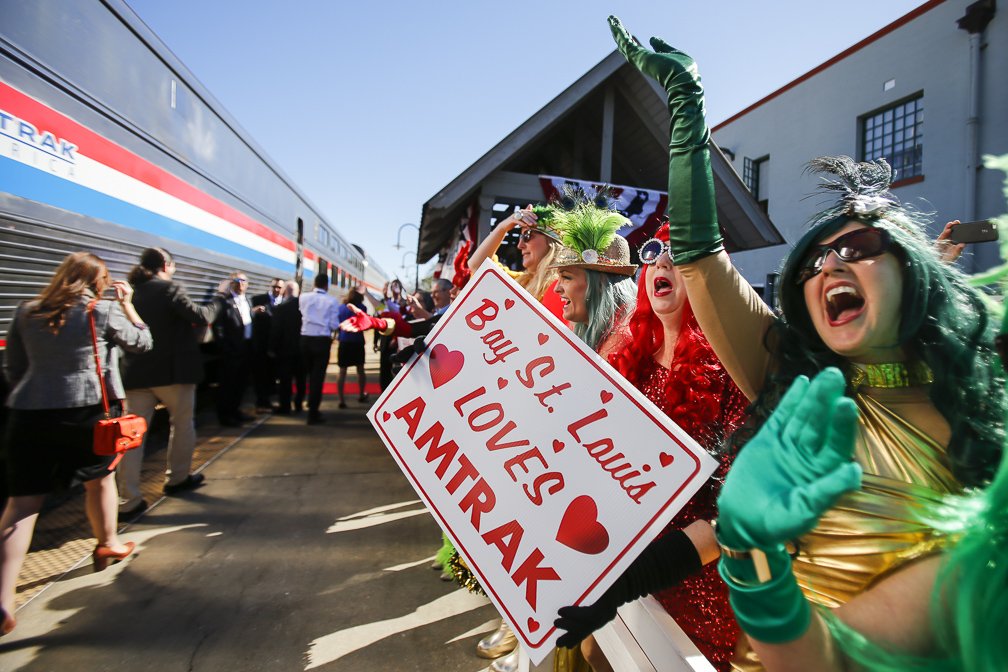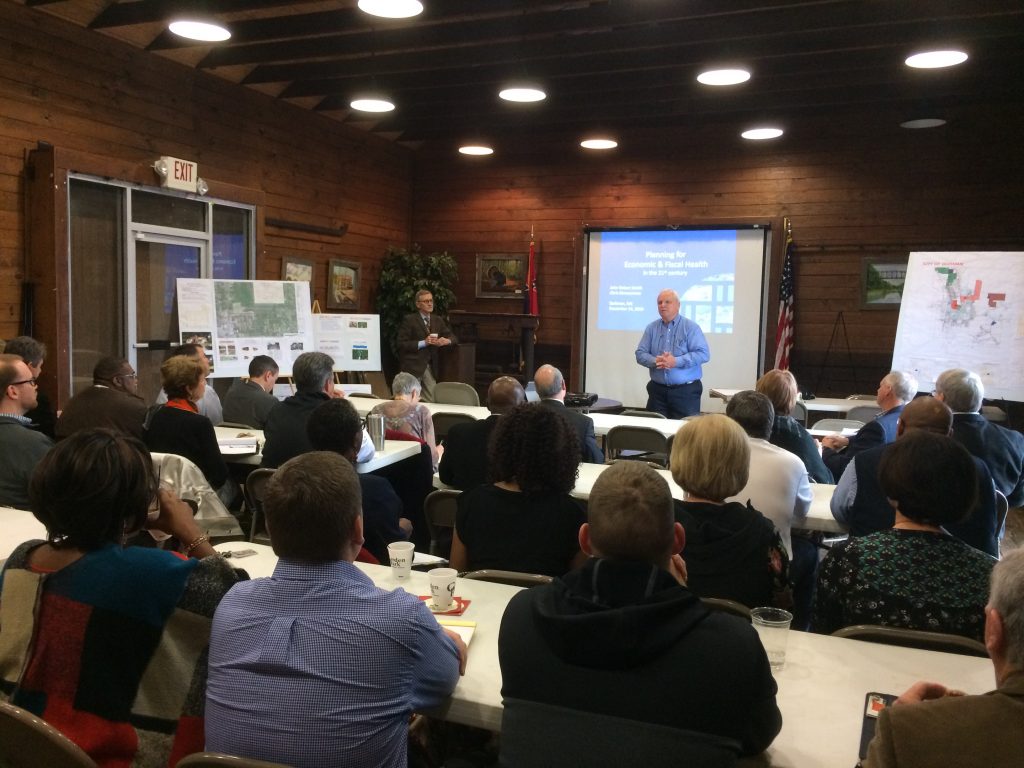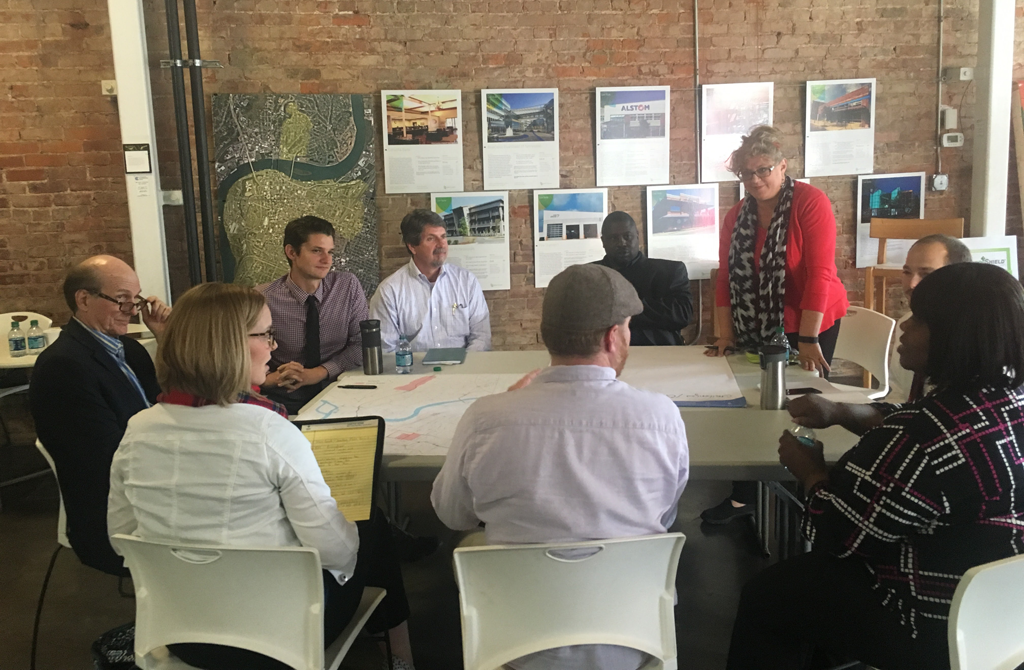 Decades of underinvestment in regular repair have left many states’ roads in poor condition, and the cost of repairing these roads is rising faster than many states can address them. These liabilities are outlined in a new report by Smart Growth America and Taxpayers for Common Sense, released today, which examines road conditions and spending priorities in all 50 states and the District of Columbia. The report recommends changes at both the state and federal level that can reduce future liabilities, benefit taxpayers and create a better transportation system.
Decades of underinvestment in regular repair have left many states’ roads in poor condition, and the cost of repairing these roads is rising faster than many states can address them. These liabilities are outlined in a new report by Smart Growth America and Taxpayers for Common Sense, released today, which examines road conditions and spending priorities in all 50 states and the District of Columbia. The report recommends changes at both the state and federal level that can reduce future liabilities, benefit taxpayers and create a better transportation system.
Repair Priorities: Transportation spending strategies to save taxpayer dollars and improve roads found that between 2004 and 2008 states spent 43 percent of total road construction and preservation funds on repair of existing roads, while the remaining 57 percent of funds went to new construction. That means 57 percent of these funds was spent on only 1 percent of the nation’s roads, while only 43 percent was dedicated to preserving the 99 percent of the system that already existed. As a result of these spending decisions, road conditions in many states are getting worse and costs for taxpayers are going up.
 “Federal taxpayers have an enormous stake in seeing that our roads are kept in good condition,” said Erich W. Zimmermann of Taxpayers for Common Sense at a briefing earlier today. “Billions of precious tax dollars were spent to build our highway system, and neglecting repair squanders that investment. Keeping our roads in good condition reduces taxpayers’ future liabilities.”
“Federal taxpayers have an enormous stake in seeing that our roads are kept in good condition,” said Erich W. Zimmermann of Taxpayers for Common Sense at a briefing earlier today. “Billions of precious tax dollars were spent to build our highway system, and neglecting repair squanders that investment. Keeping our roads in good condition reduces taxpayers’ future liabilities.”
“Spending too little on repair and allowing roads to fall apart exposes states and the federal government to huge financial liabilities,” said Roger Millar of Smart Growth America. “Our findings show that in order to bring their roads into good condition and maintain them that way, states would collectively have to spend $43 billion every year for the next 20 years – more than they currently spend on all repair, preservation and new capacity combined. As this figure illustrates, state have drifted too far from regular preservation and repair and in so doing have created a deficit that is going to take decades to reverse.”
The high cost of poor conditions
According to the American Association of State Highway and Transportation Officials, every $1 spent to keep a road in good condition avoids $6-14 needed later to rebuild the same road once it has deteriorated significantly. Investing too little on road repair increases these future liabilities, and with every dollar spent on new construction many states add to a system they are already failing to keep in good condition.
State and federal leaders can do more to see that highway funds are spent in ways that benefits driver and taxpayers. More information about the high cost of delaying road repair, how states invest their transportation dollars and what leaders can do to address these concerns is available in the full report.
Click here to read the full report, state-specific data and view the interactive map.








